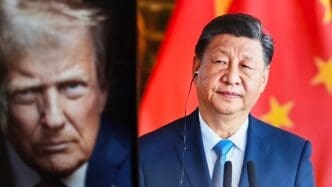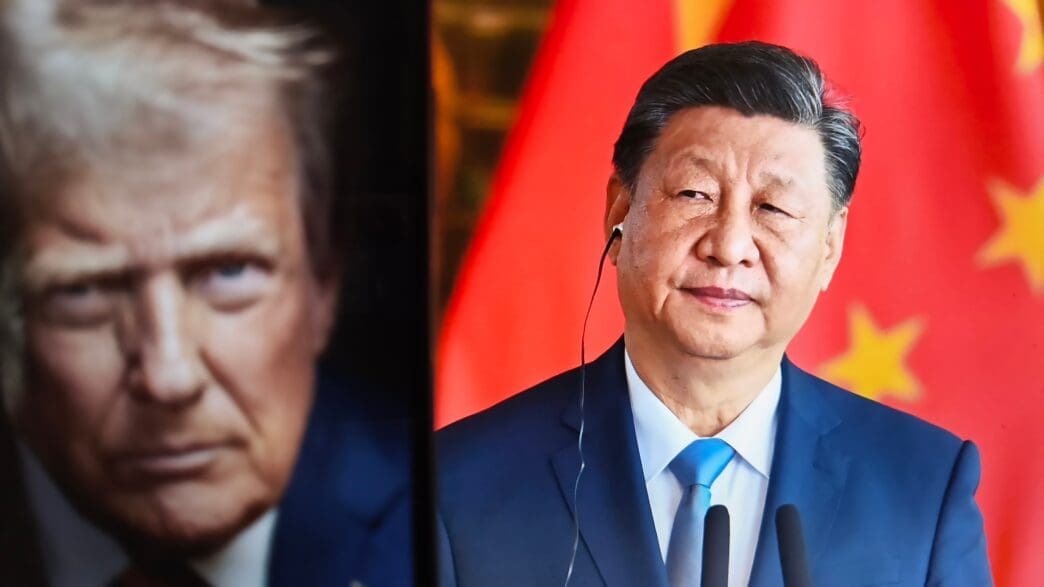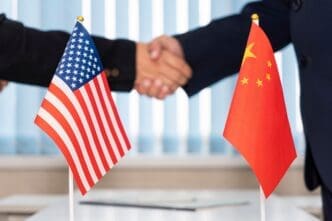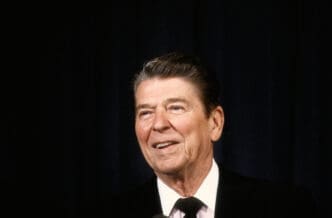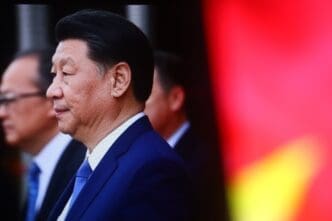Executive Summary
The Story So Far
Why This Matters
Who Thinks What?
U.S. President Donald Trump conveyed optimism about forging a trade agreement with Chinese President Xi Jinping, whom he is slated to meet next week, after senior economic officials from both countries reached a preliminary consensus during discussions in Kuala Lumpur. The talks, conducted on Sunday on the sidelines of the ASEAN summit, focused on de-escalating trade tensions and covered topics ranging from tariffs and rare earth minerals to fentanyl and the social media platform TikTok.
Diplomatic Engagements
The fifth round of in-person discussions since May saw U.S. Treasury Secretary Scott Bessent and Trade Representative Jamieson Greer engage with Chinese Vice Premier He Lifeng and top trade negotiator Li Chenggang. Secretary Bessent described the outcome as a “very successful framework for the leaders to discuss on Thursday.”
President Trump arrived in Malaysia on Sunday as part of a five-day Asia tour, which is expected to culminate in a face-to-face meeting with President Xi in South Korea on October 30.
Key Discussion Points
According to Secretary Bessent, the anticipated agreement would likely defer China’s expanded export controls on rare earth minerals and magnets, while also preventing a new 100% U.S. tariff on Chinese goods that President Trump had threatened. Discussions between the two presidents are expected to include Chinese purchases of American agricultural products, the pursuit of more balanced trade, and collaborative efforts to address the U.S. fentanyl crisis.
China’s Li Chenggang confirmed that both sides achieved a “preliminary consensus” and would now proceed with their respective internal approval processes. Li described the U.S. position as “tough” during these “intense consultations” that explored solutions.
Trade Truce and Tensions
The recent negotiations aimed to prevent an escalation of the trade war, particularly as a current trade truce, which had rolled back most triple-digit tariffs, is set to expire on November 10. President Trump had threatened new 100% tariffs on Chinese goods starting November 1, in response to China’s vastly expanded export controls on rare earth magnets and minerals.
Secretary Bessent indicated that an extension of the existing truce is possible, pending President Trump’s decision, which would mark its second extension since it was first signed in May.
Broader Context
Beyond immediate trade concerns, President Trump’s potential discussions with President Xi are also expected to touch upon issues such as Taiwan, the detention of Hong Kong media tycoon Jimmy Lai, and U.S. dealings with Russia concerning the war in Ukraine. While the White House confirmed the upcoming Trump-Xi talks, Beijing has yet to issue its official confirmation.
The fragile nature of the world’s most significant trade relationship, valued at $660 billion annually, underscores the high stakes of these ongoing diplomatic efforts. Chinese Vice Premier He Lifeng, in a statement on state media Xinhua, expressed hope that the U.S. and China would “meet each other halfway.”
Outlook for Global Economy
The upcoming dialogue between President Trump and President Xi is poised to be a critical juncture for the global economic landscape. Despite a preliminary consensus, the inherent fragility of the U.S.-China trade relationship highlights the complex challenges and significant implications of formalizing a comprehensive agreement.

